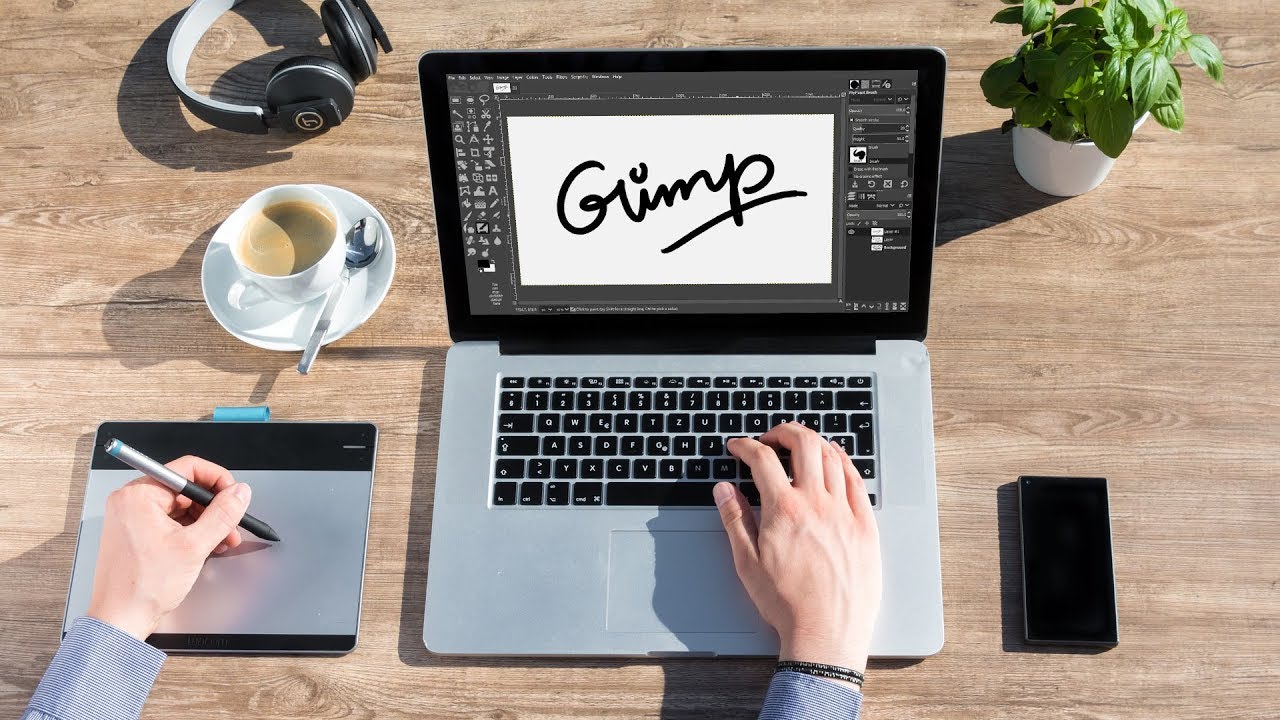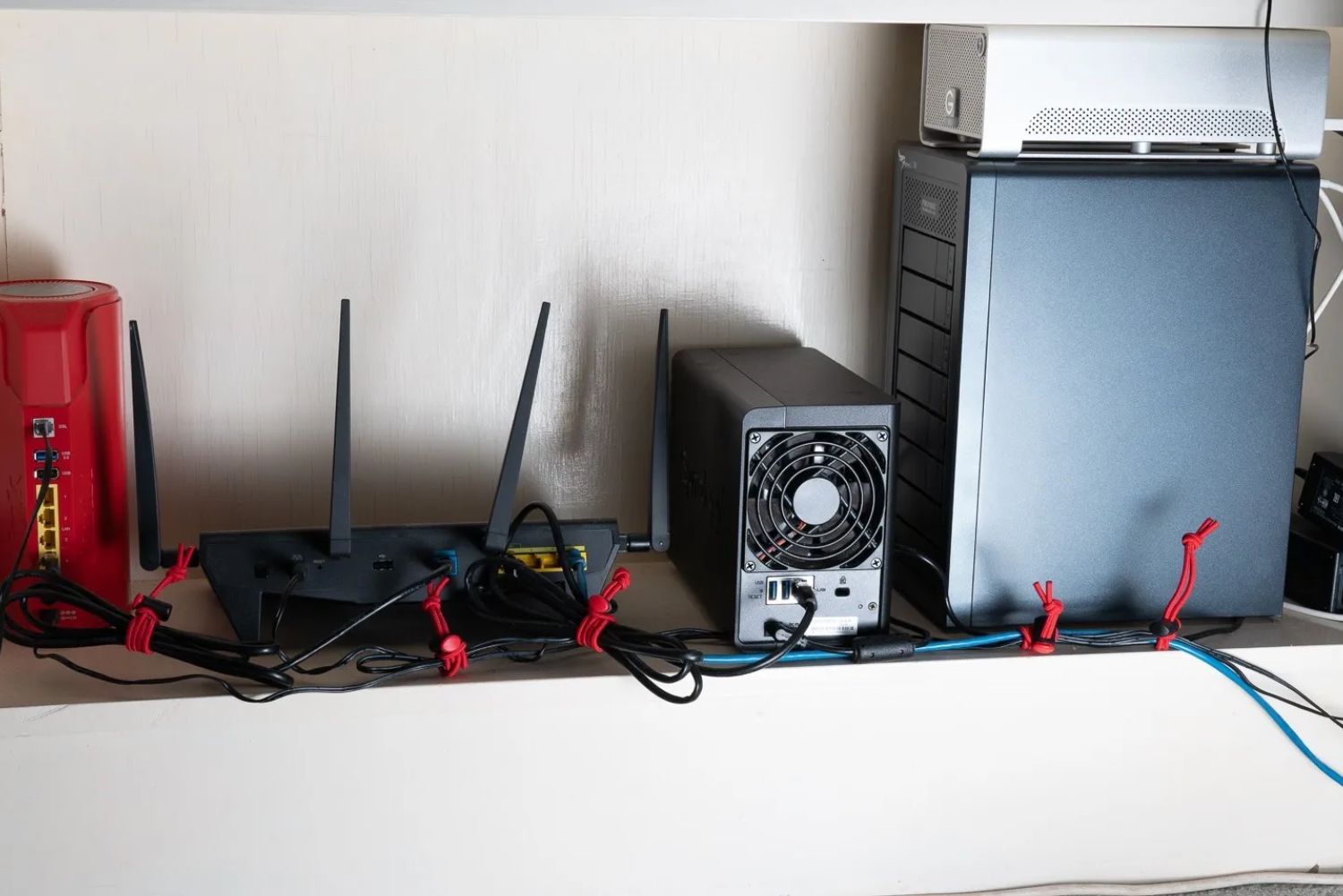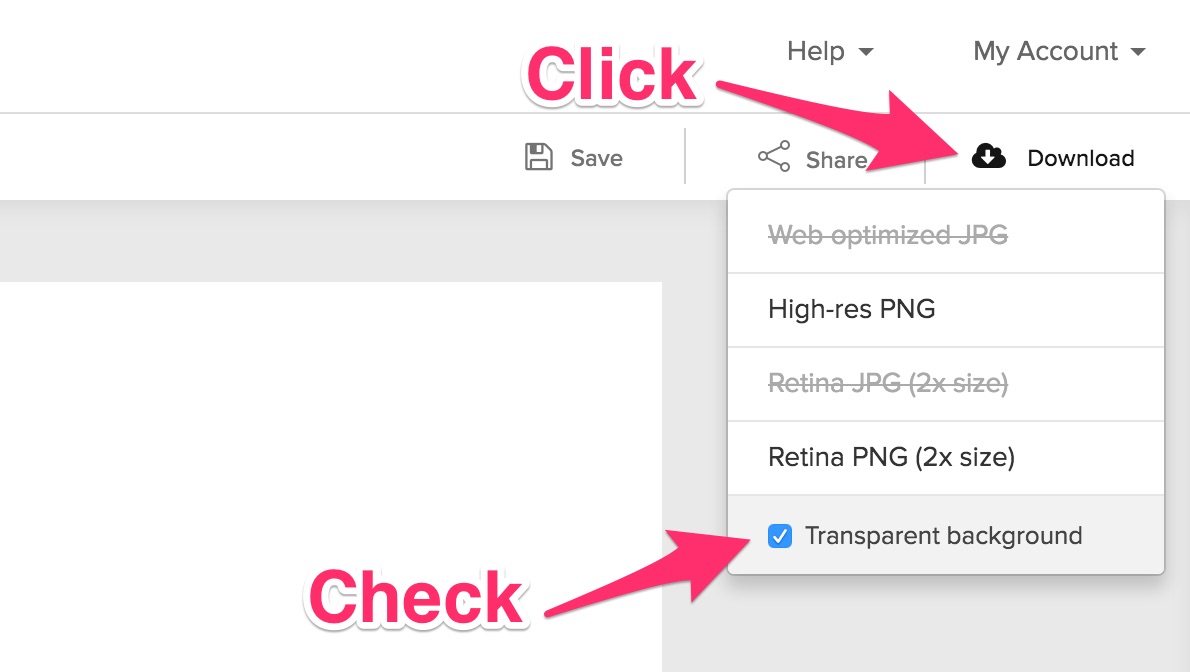Introduction
Welcome to the world of Gimp, an open-source image editing and graphic design software that provides powerful tools and features for creative professionals and hobbyists alike. Whether you need to retouch photos, create stunning artworks, or design eye-catching visuals, Gimp is the perfect choice. In this article, we will guide you through the step-by-step process of downloading Gimp for Windows 10.
Gimp, which stands for GNU Image Manipulation Program, offers a wide range of capabilities comparable to popular commercial software like Adobe Photoshop. It is entirely free to use, making it a cost-effective alternative for those who may not have the budget for expensive professional software. With a community-driven approach, Gimp continues to improve and evolve, making it an excellent choice for both beginners and advanced users.
Before we dive into the download process, it’s important to note that Gimp is available for multiple operating systems, including Windows, macOS, and Linux. In this article, we will specifically focus on downloading Gimp for Windows 10, one of the most widely used operating systems today.
By the end of this guide, you will have Gimp up and running on your Windows 10 computer, ready to unleash your creativity and work on your graphic projects. So, without further ado, let’s get started with the first step.
Step 1: Visit the official Gimp website
The first step in downloading Gimp for Windows 10 is to visit the official Gimp website. Open your preferred web browser and type in “www.gimp.org” in the address bar. Press Enter or Return to navigate to the website.
Once you are on the Gimp homepage, you will find a wealth of information about the software, including features, news, and community updates. Take a moment to explore the website and familiarize yourself with what Gimp has to offer.
To proceed with the download, look for the “Download” button, typically located at the top menu or prominently displayed on the homepage. This button will redirect you to the download page where you can choose the appropriate version of Gimp for Windows 10.
It’s worth mentioning that the Gimp website offers multiple language options. If English is not your preferred language, you can select a different language from the dropdown menu found on the website’s header or footer. This ensures that you can navigate and understand the instructions more effectively.
Once you have selected your preferred language, click on the “Download” button to move on to the next step. The button may be labeled “Download Gimp” or “Download now,” depending on the particular version of the website you are visiting.
With Step 1 completed, you are now ready to move on to Step 2 and proceed with the Gimp download process. In the next step, we will guide you through choosing the appropriate version for Windows 10. So, let’s continue our journey towards exploring the exciting possibilities with Gimp!
Step 2: Click on the “Download” button
Now that you have arrived at the download page of the official Gimp website, it’s time to proceed to Step 2 – clicking on the “Download” button. This button will initiate the downloading process for Gimp on your Windows 10 computer.
On the Gimp download page, you will typically find a section that provides information about the latest stable release of Gimp. This section may also include additional details about the software, such as its file size, the release date, and the version number.
Below the information, you will find the download button. The button is clearly labeled and often accompanied by an icon representing the Windows operating system. It is usually larger in size and stands out from the rest of the page.
To start the download, simply click on the “Download” button. The browser will prompt you to choose a location on your computer where you want to save the Gimp installer file. You can select any location that is convenient for you, such as the desktop or a dedicated folder. Once you have chosen the location, click “Save” to begin the download process.
Depending on your internet connection speed, the size of the Gimp installer file, and the current server load, the download may take a few minutes to complete. It is advisable to have a stable internet connection during the download to ensure a smooth and uninterrupted process.
While the download is in progress, it’s a good time to take a break or read more about Gimp to familiarize yourself with its features and capabilities. This will help you get even more out of the software once it’s installed on your Windows 10 computer.
Once the download is complete, you can move on to the next step and begin the installation process. In Step 3, we will guide you on choosing the appropriate version of Gimp for Windows 10. So, let’s proceed!
Step 3: Choose the appropriate version for Windows 10
After you have successfully downloaded the Gimp installer file, we can now move on to Step 3 – choosing the appropriate version of Gimp for your Windows 10 computer.
When it comes to Gimp for Windows, you will find different options available, including both 32-bit and 64-bit versions. The 64-bit version is suitable for most modern computers and allows for better performance and access to larger amounts of memory. However, if you have an older computer or are unsure of whether it supports a 64-bit system, it is safer to opt for the 32-bit version.
To determine whether your Windows 10 computer is running on a 32-bit or 64-bit system, you can follow these steps:
- Click on the Start menu and open the Settings app.
- In the Settings app, click on the “System” icon.
- From the left-hand side menu, click on “About”.
- Under the “Device specifications” section, look for the “System type” information. It will indicate whether your computer is running on a 32-bit or 64-bit operating system.
Once you have determined your system type, return to the Gimp download page from your browser. Look for the section that provides different versions of Gimp for Windows and locate the one that matches your system type.
Typically, the 32-bit version is labeled for “x86” or “32-bit,” while the 64-bit version is labeled for “x64” or “64-bit.” Make sure to select the appropriate version to ensure compatibility and optimized performance on your Windows 10 computer.
Now that you have chosen the correct version, you can proceed to the next step and review the system requirements for Gimp on Windows 10. In Step 4, we will guide you through this important step. Let’s continue!
Step 4: Review the system requirements
Before proceeding with the installation of Gimp on your Windows 10 computer, it is essential to review the system requirements to ensure smooth performance and optimal functionality of the software.
The official Gimp website provides detailed information about the minimum system requirements for running Gimp on Windows 10. Familiarize yourself with these requirements to ensure that your computer meets the necessary specifications.
Here are the general system requirements for Gimp on Windows 10:
- Operating System: Windows 10 (32-bit or 64-bit)
- Processor: 1 GHz or faster, multi-core recommended for better performance
- RAM: At least 2 GB of RAM, 8 GB recommended for smooth operation with larger files
- Storage: Minimum of 400 MB available space for the Gimp application and additional space for plugins, brushes, and other resources
- Graphics Card: OpenGL 3.3 compatible graphics card with at least 256 MB of VRAM recommended
- Display: Minimum resolution of 1024×768 pixels (XGA), larger resolutions are recommended for better user experience and workspace
- Internet Connection: Required for downloading Gimp and accessing online resources or plugins
It is important to note that these are minimum requirements, and for optimal performance, it is recommended to have a higher-spec computer with more powerful hardware.
If your Windows 10 computer meets or exceeds these system requirements, you are ready to proceed with the installation of Gimp. If not, you may need to upgrade your hardware or consider using Gimp on a different computer that meets the requirements.
Now that you have a clear understanding of the system requirements, you can move on to the next step – downloading and installing Gimp on your Windows 10 computer. In Step 5, we will guide you through the process of downloading the Gimp installer file. Let’s continue!
Step 5: Click on the download link for the installer
With the system requirements reviewed, you are now ready to proceed to Step 5: clicking on the download link to obtain the Gimp installer file for your Windows 10 computer.
On the Gimp download page, you will typically find a section containing the available download links. Look for the link that corresponds to the version of Gimp you have chosen, taking into account your system type (32-bit or 64-bit).
Clicking on the download link will initiate the download process of the Gimp installer file. Your browser may prompt you to confirm the download or specify a location on your computer to save the file. Choose a location that is convenient for you and click “Save” to start the download.
Depending on your internet connection speed and the size of the Gimp installer file, the download may take a few minutes. Be patient and avoid interrupting the process until the download is complete.
While the file is downloading, it is a good time to prepare for the installation process by closing unnecessary programs and ensuring your computer is in a stable state. This will help to avoid any conflicts or issues during the installation of Gimp.
Once the download is finished, you will have the Gimp installer file on your Windows 10 computer. In the next step, we will guide you through the installation process using the installer file. Proceed to Step 6 to learn how to run the installer and begin installing Gimp. Let’s continue!
Step 6: Run the installer file
Now that you have successfully downloaded the Gimp installer file, it’s time to move on to Step 6: running the installer to begin the installation process on your Windows 10 computer.
Locate the Gimp installer file that you downloaded in the previous step. It is typically saved in your downloads folder or the location you specified during the download. The file will have a name like “gimp-
Double-click on the Gimp installer file to run it. Windows may prompt you with a security warning, asking for your permission to run the file. Click “Yes” or “Run” to proceed. This action will launch the Gimp installer wizard, which will guide you through the installation process.
Before the installation starts, you may be prompted to choose a language. Select your preferred language from the list and click “OK” to continue.
Next, you will be presented with the Gimp Setup Wizard dialog box. The wizard will provide you with information about the installation process and ask for your consent to proceed. Read through the information carefully and click “Next” to continue.
Now, you will be prompted to choose the installation location for Gimp. The default location is usually in the “Program Files” folder on your primary system drive (e.g., C:\Program Files\GIMP-
In the next step, the Gimp installer gives you the option to select additional components that you can install. These components include additional brushes, patterns, scripts, and plugins. You can choose to install them by tick-marking the corresponding checkboxes or keep them unchecked for a minimal installation. Click “Next” to continue.
Lastly, the installer will display a summary of your chosen settings. Review the settings and make sure they meet your preferences. If you need to make any changes, click “Back” to navigate through the previous steps. Once you are satisfied, click “Install” to start the installation process.
The installer will now proceed to install Gimp on your Windows 10 computer. The progress bar will indicate the installation status, and you may see some additional screens with information about the installation process. Be patient, as the process may take a few moments.
Once the installation is complete, you will see a confirmation screen indicating that Gimp has been successfully installed on your computer. You may also be offered the option to launch Gimp immediately. Choose whether you want to launch Gimp now or close the installer and launch it later.
With Step 6 completed, you have successfully run the installer file and installed Gimp on your Windows 10 computer. In the next step, we will guide you on how to launch Gimp and get started with exploring its features and capabilities. Proceed to Step 7 to learn how to unleash your creativity with Gimp. Let’s continue!
Step 7: Follow the installation wizard steps
Now that you have successfully run the Gimp installer, it’s time to move on to Step 7: following the installation wizard steps to ensure a smooth installation process on your Windows 10 computer.
After launching the Gimp installer, you will be presented with the Gimp Setup Wizard. This wizard will guide you through the necessary steps to install Gimp on your computer. Follow the prompts and instructions carefully to ensure a successful installation.
The first step in the installation wizard will typically prompt you to choose your preferred language for the installation process. Select the language you are most comfortable with and click “Next” to continue.
Next, you may encounter a License Agreement or Terms of Service screen. Read through the agreement carefully and, if you agree with the terms, click the checkbox indicating your acceptance. Then, click “Next” to proceed.
In the following step, you may be prompted to choose the installation location for Gimp. The default location is usually within the “Program Files” folder on your primary system drive. If you wish to change the location, click “Browse” and select a different folder. Once you have made your selection, click “Next” to continue.
The installation wizard may also provide you with options to customize the components to be installed. This could include additional plugins, brushes, or other resources. You can select or deselect these options based on your preferences. Click “Next” to proceed after making your selections.
As the installation progresses, you will see a progress bar indicating the status of the installation process. Depending on the speed of your computer and the selected options, this step may take a few minutes.
Once the installation is complete, the installation wizard will display a confirmation message. You may be given the option to launch Gimp immediately or to simply close the installation wizard. Choose the option that suits your preference.
Congratulations! You have successfully followed the installation wizard steps and completed the installation process of Gimp on your Windows 10 computer. In the next step, we will guide you on how to launch Gimp and start exploring its range of powerful features. Proceed to Step 8 to unleash your creativity with Gimp. Let’s explore further!
Step 8: Launch Gimp after installation
With Gimp successfully installed on your Windows 10 computer, it’s time to move on to Step 8: launching the software and getting ready to unleash your creativity.
After the installation process is complete, you may be given the option to launch Gimp immediately. If you chose this option, Gimp will open automatically once you click the “Finish” or “Launch” button in the installation wizard.
If you decided not to launch Gimp immediately during the installation, don’t worry! You can easily find and launch Gimp from your computer’s Start menu or desktop.
To launch Gimp from the Start menu:
- Click on the “Start” button located at the bottom-left corner of your Windows 10 desktop.
- In the Start menu, scroll through the list of installed applications and locate the Gimp icon. It will generally be listed under the “G” section or in a folder named “Gimp”.
- Click on the Gimp icon to launch the software.
If you prefer to launch Gimp from the desktop:
- Minimize or close any open windows until you see your computer’s desktop.
- Look for the Gimp shortcut icon, which should have been created during the installation process. The icon will generally depict the Gimp logo or the word “Gimp” itself.
- Double-click on the Gimp shortcut icon to launch the software.
Once Gimp has launched, you will be greeted by its user-friendly interface, ready to bring your artistic vision to life. Take a moment to familiarize yourself with the various menus, toolbars, and panels that Gimp offers.
Now that you have successfully launched Gimp, you can start exploring its extensive range of features, including photo editing, graphic design, digital painting, and much more. You can import images, create new projects, and unleash your creativity using the powerful tools provided by Gimp.
Remember to save your work regularly as you dive into your creative projects. Gimp offers different file formats for saving, including its native .xcf format, as well as popular formats like .jpeg, .png, and .gif.
With Gimp now up and running on your Windows 10 computer, you are all set to embark on a creative journey. Enjoy exploring the limitless possibilities and let your imagination soar with Gimp!
Conclusion
Congratulations! You have successfully completed the step-by-step process of downloading and installing Gimp on your Windows 10 computer. Now, you can enjoy the powerful features and capabilities that Gimp offers for image editing, graphic design, and digital art.
Throughout this guide, we covered the essential steps to get Gimp up and running on your computer. We started by visiting the official Gimp website and clicking on the download button, ensuring that you chose the appropriate version for Windows 10. You also reviewed the system requirements to ensure compatibility and optimized performance.
We then walked through running the installer file and following the installation wizard steps to complete the installation process. Finally, you learned how to launch Gimp and start exploring its vast array of tools and features.
As you continue your journey with Gimp, take advantage of the extensive online resources available, including tutorials, forums, and plugins, to enhance your skills and discover new ways to express your creativity.
Remember to save your projects regularly and keep your installation of Gimp up to date by periodically checking for software updates. This will ensure that you have access to the latest features, bug fixes, and improvements.
Now that you have mastered the process of downloading and installing Gimp, it’s time to unleash your creativity and let your imagination run wild. Use Gimp to edit photos, create stunning graphics, or even experiment with digital painting. The possibilities are limitless.
Thank you for following this guide, and we hope you enjoy your Gimp journey on your Windows 10 computer. Happy creating!

























